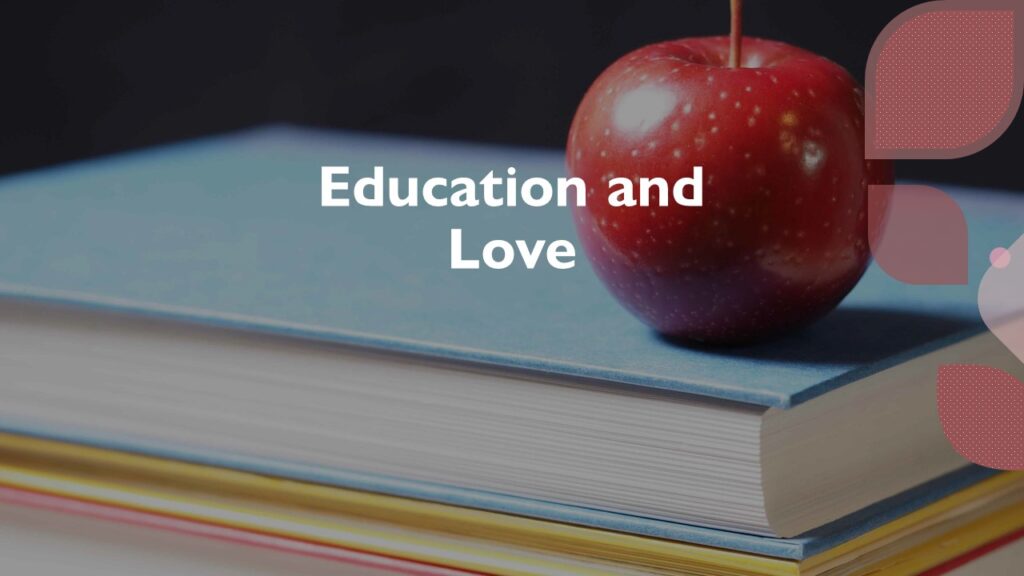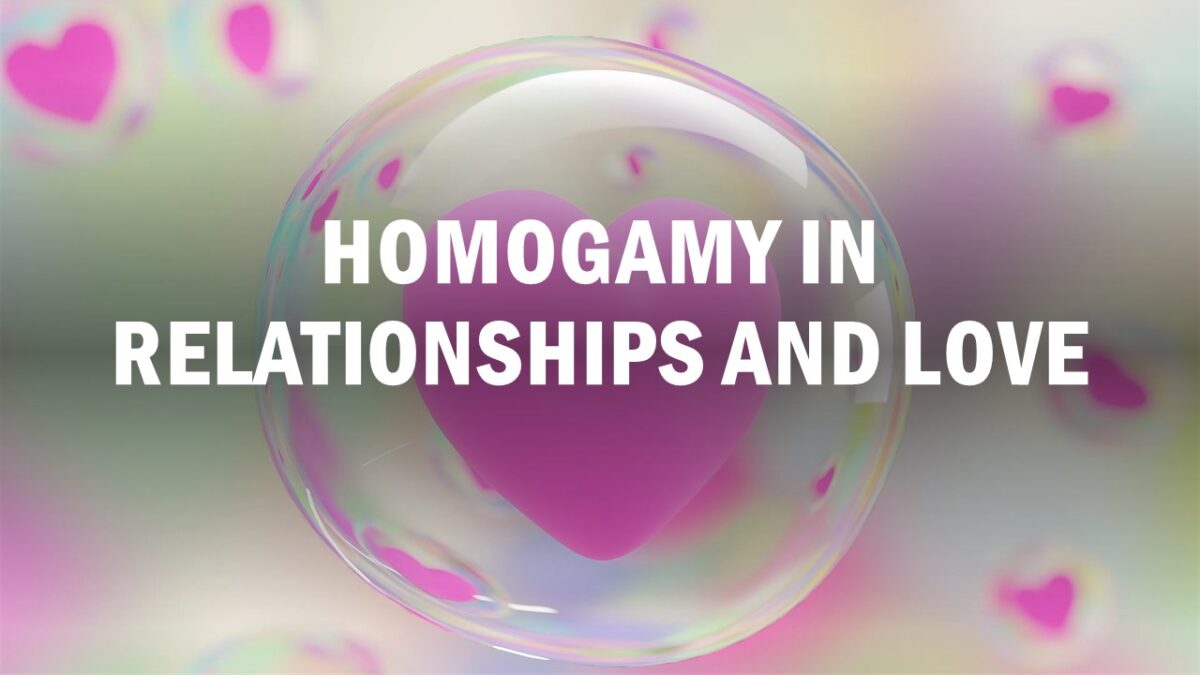Genetic similarity and social homogamy play important roles in our interpersonal attraction and love.
As I showed elsewhere, genetic resemblance between individuals predisposes them to fall in love. Partners in a couple share more genetic traits than random strangers. Nonetheless, it may be misleading to conclude that people fall in love solely due to their genetic similarity.
Many other life circumstances, individual preferences, and socio-cultural characteristics also play an important role. Besides, social and cultural predispositions to homogamy increase the similarity of loving partners even more.
Assortative mating, or homogamy, as a predisposition to choose a similar partner for a relationship, is evident in many social, economic, and cultural characteristics. Among those are social class, socioeconomic status, education, religion, ethnicity, caste, gender, and age. They can have a significant impact on who men and women select to love and marry. Let us consider some of them.
The Interpersonal Attraction of Social and Economic Homogamy
In many societies, homogamy and endogamy in terms of race, ethnicity, religion, and socioeconomic status are especially important for marriage. Generally, people prefer relationships with individuals of similar social and economic groups, ethnicity, religion, age, and educational level (Kalmijn, 1994, 1998).
The principles of homogamy intentionally or unintentionally motivate men and women to select partners from similar social, economic, or cultural backgrounds. They tend to date and mate with those who are similar to them in social and economic status and belong to the same cultural group. At the early stages of a relationship, men and women often pay less attention to this homogamy with a prospective mate. They tend to rely on their immediate emotions. Nonetheless, as the relationship progresses, they certainly take these factors into consideration.
However, in some traditional cultures, such as India, the economic exchange often takes place in marriage arrangements. In some cases, when a person marries a spouse from a higher social stratum, sociologists call such a marriage hypergamy—“marrying up.” In this type of mating relationship, women often marry men of a slightly higher social class than their own (Van Den Berghe, 1960).
This is also considered “upward mobility,” when women or men from low socio-economic classes prefer to date a potential partner of high economic status. This relationship would advance their status in society (Blossfeld & Timm, 2003).
Nonetheless, in many modern societies, there is a tendency toward homogamy in mating based on economic status. The plots in which a rich prince accidentally meets and marries a poor girl are good for fairy tales and modern romantic movies. However, they are far from the reality of life.
A good financial prospect in a prospective mate is important for both women’s and, surprisingly, for men’s preferences (Eastwick & Finkel, 2008).
Interpersonal Attraction of Religious Homogamy
According to surveys, people consider similar faith and affiliation to be a very important factor in their marriage choice. Their religious families often care about this even more (see for review, Karandashev, 2017, 2019).
For instance, in Jordanian traditional conservative culture, people expect as their top preference that a prospective mating partner should be of the same religion (Khallad, 2005).
In modern Western European societies, many people do not consider religious beliefs important for love. For example, many American university students do NOT rate the religious affiliation of a prospective partner as an important quality.
However, in the seemingly modern society of the USA, where religion has historically played an important role in societal life and politics, the value of religiosity for mating varies across states and cultural groups. For example, American respondents from Texas, a conservative state, rated a similar religious background as essential in prospective mates (Buss et al., 2001).
Some cultural groups in America also place a high value on the religiosity of a prospective mating partner. For instance, modern Muslim women living in the United States prefer and seek a religious marriage partner (Badahdah & Tiemann, 2005).
Interpersonal Attraction of Educational Homogamy
Across many societies throughout history, husbands were usually more educated than their wives. Husbands might need education for their breadwinner’s work, while wives working in the household and taking care of children presumably did not need education.
In recent decades, women have received more opportunities for education and have expressed an interest in studying. Gender educational equality has substantially increased, providing more opportunities for contact and communication between educated men and women. Because of this, they frequently preferred relationships with equal partners. Colleges and universities have become the places where men and women have the opportunity to meet and marry (Blossfeld, 2009; Blossfeld & Timm, 2003).
Educational homogamy between men and women in dating relationships has increased in many modern societies. Marriage partners become homogamous couples in terms of education in such countries as
- Italy (De Rose & Fraboni, 2016; Katrňák & Manea, 2020),
- Norway (Birkelund & Heldal, 2003),
- Switzerland (Becker & Jann, 2017; Ravazzini, Kuhn, & Suter, 2017),
- Sweden, Poland, Slovakia, Hungary, the Czech Republic (Katrňák & Manea, 2020),
- the United States of America (Blossfeld, 2009; Kalmijn, 1998),
- China (Song, 2009), and
- South Africa (Kollamparambil, 2020).

However, in many countries, another trend occurs. College education became more prevalent among women than among men. Women with higher education outnumbered men. Therefore, the number of women who marry downward has increased (De Rose & Fraboni, 2016; Esteve, García‐Román, & Permanyer, 2012).
Interpersonal Attraction and Love in Egalitarian Societies
Nowadays, in modern egalitarian societies, many men and women usually have equal access to financial, social, and educational resources. That means better chances for equal relationships and marriage. All these societal factors reflect on the ways young people form relationships (see for review, Karandashev, 2023).
The other articles of interest on this topic are
- Genetic secrets of love attraction
- Genetic diversity and love attraction
- To males and females, how important is a mate’s physical attractiveness?
- What is attractive in physical appearance of men and women in other cultures?
- What about your partner’s physical appearance attracts you?
- What is beautiful is culturally good
